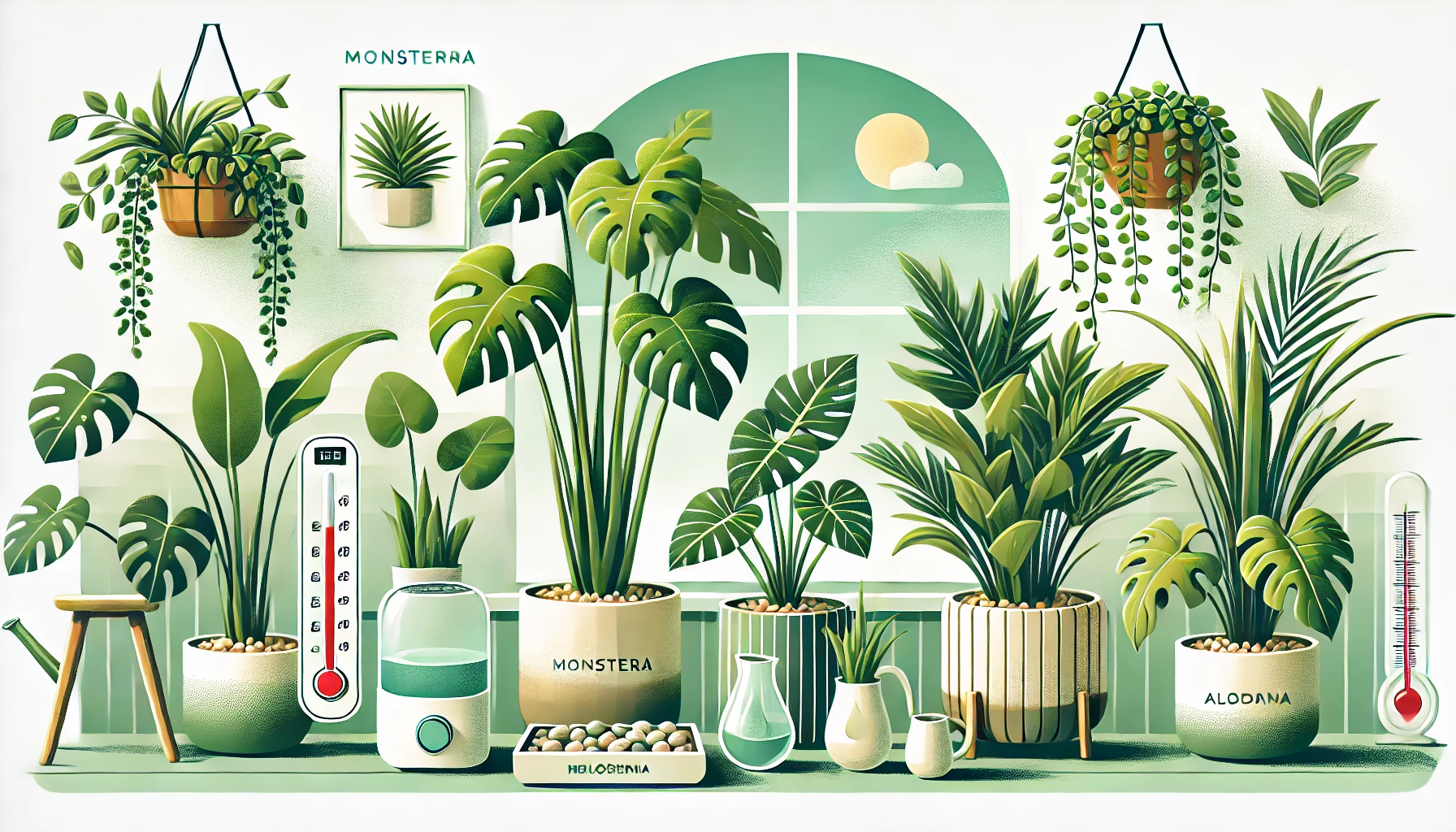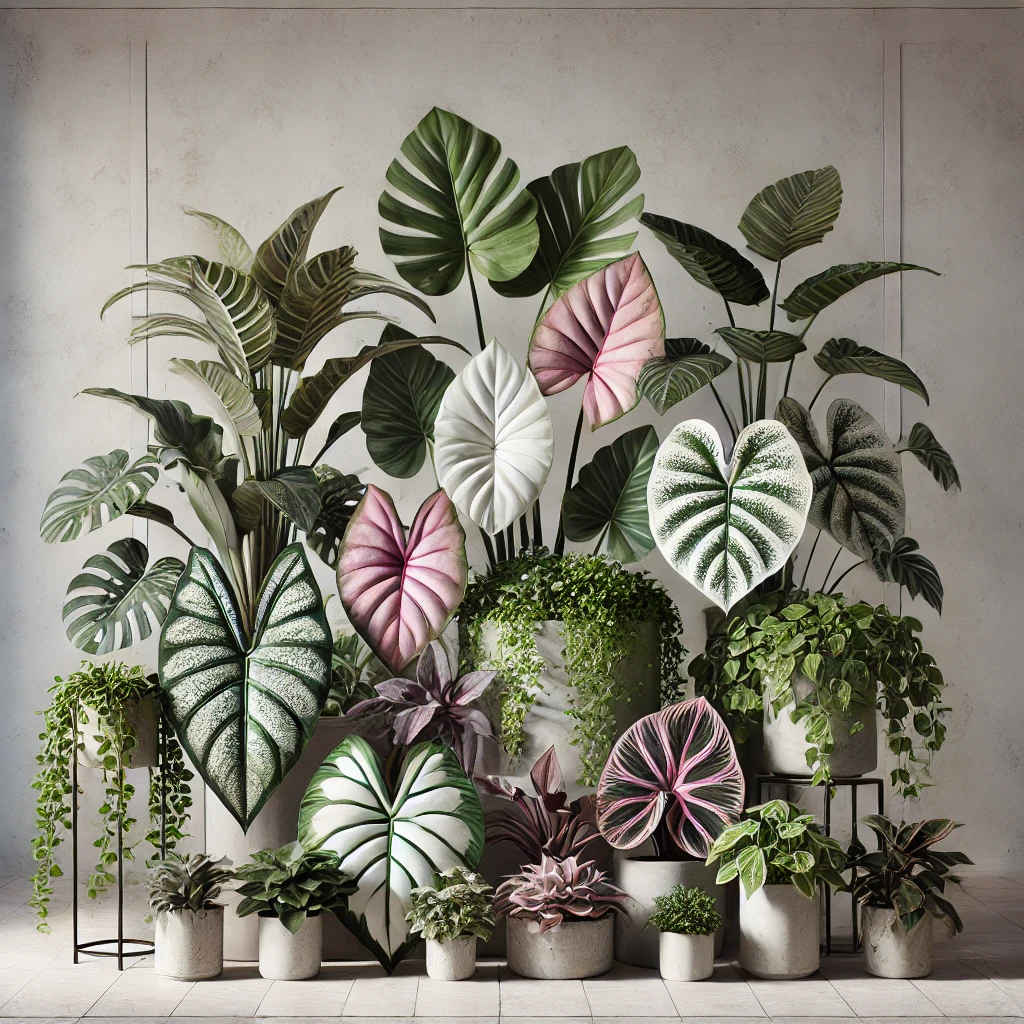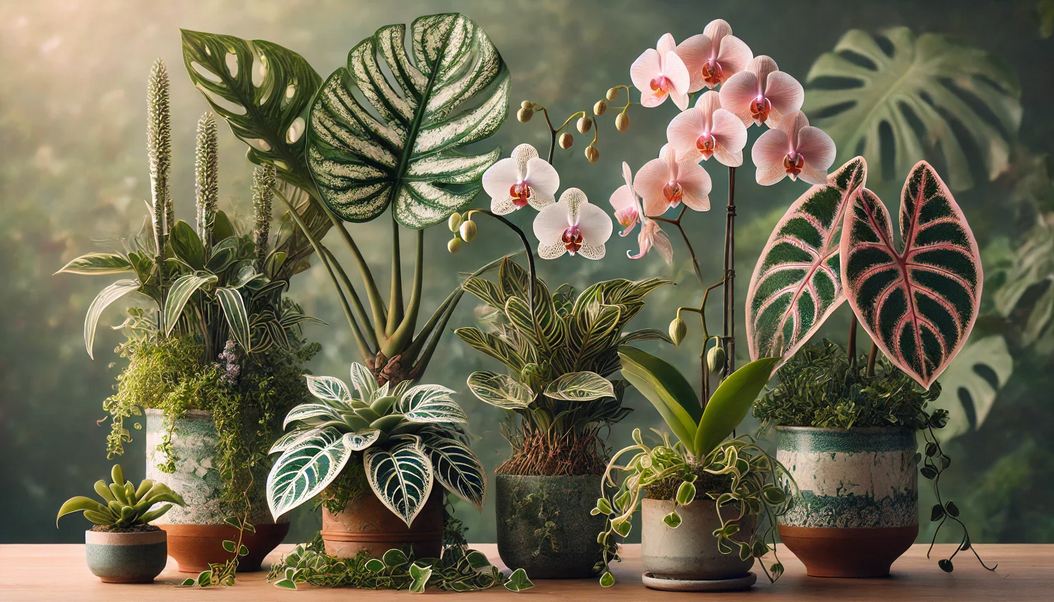In general, caring for rare tropical plants at home can be a hobby filled with challenges. This unique plant has lush leaves and vibrant colours. Protecting exotic tropical plants is very different from how people protect common plants, such as herbs and vegetables. This is because these plants come from warm, humid climates. They are introduced to a new world and must be brought in similar temperatures and humidity configurations. It is sad to think about how devastating overexposure could be. In this guide, you will learn about the care methods and tips to maintain the beauty and health of rare tropical plants.
Why Tropical Plants Are Unique and Desirable
One of the caring for rare tropical plants is their unique leaf shapes and vibrant colours. These plants come from warm and humid climates, so they are not accustomed to missing these two conditions simultaneously, and it is very difficult to replicate this in a building. Be grateful you understand why tropical plants need special care, as it means you are prepared for the challenge.
Most collectors have the same targets when it comes to rare tropical plants, including:
Monstera Obliqua – Regarded as one with unique fenestrated leaves.
Philodendron Pink Princess – This is an eye-catching pink and green variegated plant.
Alocasia Azlanii – Notably features dark leaves with colourful veins and a glossy finish.
Anthurium Clarinervium – Mainly features leaves in the third category.
Very Important Tips on Managing Rare Tropical Plants
According to experts in caring for rare tropical plants, the most important aspect of looking after these plants is recreating their habitat as closely as possible. This is what you need to follow.
What Are the Light Requirements of Rare Tropical Plants?
Light is another very important factor for the health of tropical plants. Most of these plants do well in indirect or filtered light, just as they would receive it in the tropics under the canopy.
Bright, Indirect Light. – Keep your tropical plants behind a window that will receive some filtered sunlight, but avoid direct sunlight. Direct sun rays can harm delicate leaves.
Make Seasonal Changes: Tropical plants may require additional light in winter due to fewer daylight hours. Using grow lights may be necessary to supplement natural light.
Temperature and Humidity
Plants of tropical nature prefer to be grown in warm and humid conditions. In any case, it should be as follows:
Temperature: Tropical plants should be kept in an environment with a temperature range of 18°C-27°C (65°F – 80°F).
Humidity: Most tropical plants come from humid areas where the humidity is above 50-60%, which is essential for their growth. Place trays of water near the plants or use a humidifier to maintain humidity levels.
Watering to Caring for Rare Tropical Plants
Root rot is a common issue stemming from overwatering, which is one of the most frequent mistakes. However, the key is that tropical plants prefer their soil to be consistently moist but not soggy.
Watering Frequency: Generally, water tropical plants once the topmost layer dries out when temperatures rise. Adjust the watering frequency based on the indoor environment and seasonal changes.
Water Quality: For some tropical plants, tap water treated with certain chemicals may be unsuitable. In cases of leaf burn, distilled water is particularly ideal.
Choosing the Right Soil Mix
The soil mix designed for tropical plants should be porous for easy water drainage and have a high organic content, enabling roots to access nutrients without becoming waterlogged.
Soil Composition: Among available materials, potting soil, some orchid bark, or perlite are recommended. This blend is beneficial as it promotes aeration and drainage.
Avoid Heavy Soils: Heavy soil types tend to retain water, leading to root rot.
Fertilisation of Certain Rare Tropical Species
Tropical plants can be said to be quite vigorous and require regular applications of fertiliser during the growing season.
Type Of Fertiliser: Apply a balanced, water-soluble fertiliser that has been diluted to half strength.
Feeding Frequency: Administer once a month in late spring and summer. Apply less or no fertiliser in autumn and winter.
Problems and Solutions If Any Caring For Rare Tropical Plants
It has been noticed that tropical plants can have problems even with the highest level of care. In this section, several of the most common problems along with their solutions are provided:
Yellow Leaves
Reason – Too much water, or the potting soil is not draining well.
Solution – Determine the moisture level of the soil and make sure the pot has adequate drainage.
Brown ‘Tips’ On Leaves Of Plant
Reason: High volumes of salts in the water used or low levels of humidity in the air.
Solution: Increase the level of humidity in the air, and apply water that has gone through a filter.
Insects and Diseases
Spider mites and aphids are two pests that can cause problems in tropical plants. The following guidelines can be used in dealing with these pests:
Control Defensively: Normally, plants do not require any attention and should avoid them unless they notice pests. Wipe leaves with a moist cloth to help keep plants free of dust.
Control: Severely infected plants should be treated with insecticidal soap; neem oil is also useful in treating aspidochrysus well.
Displaying Tropical Plants in the House: Other Practical Tips
Placing Plants: Position liquids close to other liquids to encourage micro-humidity because when there is a lot of space between plants, the humidity drops.
Watering Pots And Pebbles: Continue to lift pots containing pebbles into the rim and whack the water till further evaporation occurs.
Rotating Plants: Rotate your plants from time to time to enhance their growth as well as for better exposure to light.
Conclusion
Nurturing rare tropical plants within homely conditions is a delicate task that aims at mimicking a tropical environment. Through understanding the specifics about light, humidity level, temperature and watering, a person will appreciate the distinguishing aspects of such plants. Having applied the right techniques, rare tropical plants should grow in such a way that enriches the home with their exotic look throughout the seasons.



